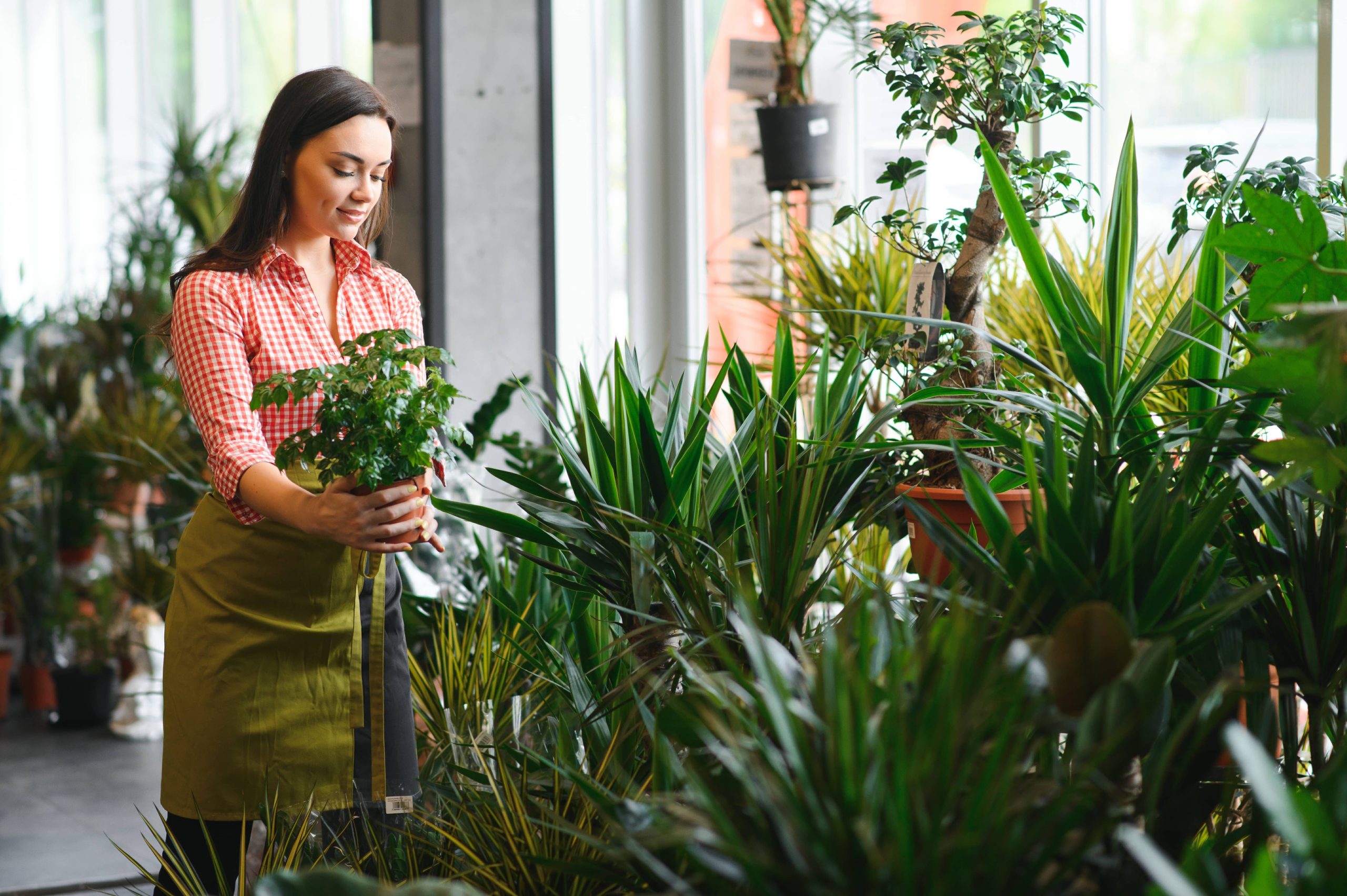
In today’s digital age, many parents find themselves battling against screens, trying to encourage their children to explore the great outdoors or to embark on other enriching activities. But what if we could bring the beauty and bounty of nature inside our homes? Indoor gardening is not only a way to beautify your living spaces, but it’s also an incredible tool for teaching kids about responsibility, patience, and the wonders of nature right from the comfort of your home. Welcome to Plant Parenting 101: a fun, educational, and rewarding journey to teaching kids to grow greens indoors.
Why Indoor Gardening?
Indoor gardening offers a safe, controlled environment where children can learn about plant life cycles, ecosystem functions, and the importance of caring for living things. It promotes responsibility — as they need to water, feed, and nurture their plants — and can lead to an enhanced understanding of nutrition and where food comes from, especially if you’re growing edibles like herbs or leafy greens. Moreover, gardening is known to reduce stress and increase happiness, making it an ideal activity for children cooped up indoors.
Getting Started: Choose the Right Plants
For beginners, especially children, starting with easy-to-grow plants can ensure a successful and exciting experience. Here are a few excellent choices:
– Spider Plants and Pothos: Both are hardy and can survive in various light conditions. They are forgiving if watering schedules aren’t spot-on.
– Aloe Vera: Needs minimal watering and offers the bonus of teaching children about its medicinal properties.
– Basil and Mint: Quick to grow and reward children with the flavors they can add to their food.
Consider letting your child pick out their first plant. Ownership and choice can increase their interest and commitment to the gardening process.
Set Up the Perfect Planting Area
Ensure the plant’s environment matches its needs. Most indoor plants require indirect sunlight, which can be tricky in some indoor setups. Make use of window sills or invest in some affordable grow lights if necessary. Create a small indoor garden corner that is accessible and safe for kids, and ensure it’s equipped with child-friendly gardening tools like small watering cans, soil, and pots that they can manage themselves.
Create a Routine
Just like caring for a pet, plants thrive on a routine. Involve your kid in setting up a watering schedule, reminding them that while plants need water, too much can be harmful. Reading labels or simple research can help both you and your child learn about each plant’s particular needs. Encourage them to talk to their plants, notice changes, and keep a little plant diary where they can track growth and reflect on what they observe and learn.
Educate Through Engagement
Use this unique opportunity to teach your kids about environmental responsibility and biology. Explain photosynthesis through simple, relatable terms, such as how plants breathe through their leaves and make their food using sunlight – transforming scientific concepts into fascinating stories. You could even delve into discussions about the importance of plants in our ecosystem and their role in providing oxygen.
For an exciting science experiment, demonstrate how a seed sprouts. Placing a bean between a wet paper towel and a glass jar is a great way to show the initial stages of plant growth. Observing a seed transform can be a magical experience for children and helps them grasp life cycles and growth stages.
Tackle Challenges Together
Plants can sometimes be affected by pests, diseases, or might not look their best. Use these troubleshooting moments to teach children about trial and error and how to solve problems. It’s essential to handle these situations with a positive mindset, seeing them as opportunities to learn rather than setbacks. Take a moment to research potential issues together, discussing organic solutions and prevention tips.
Reap the Rewards
Harvesting is a joyous payoff. When growing edible plants, cooking together using their home-grown produce can create lasting memories. For non-edibles, celebrate new leaves and propagate the plants to share with friends and family, teaching generosity and the joy of sharing living gifts.
Inspiring a Lifelong Love for Nature
Through indoor gardening, children can develop a profound respect for plants and the environment. This activity connects them to the cycles of nature, even if they are living in a bustling cityscape. As they grow, these lessons can inspire eco-friendly actions and a balanced lifestyle allied closely with nature.
Conclusion: Growing Together
Teaching kids to grow greens indoors is much more than a pastime — it’s an investment in their understanding of the world. By nurturing plants, children learn patience, responsibility, and the joy of watching something grow under their care. Indoor gardening is a joyful, interactive way to unplug from technology and engage with the natural world. Embrace the joy of plant parenting today, cultivating not just plants, but precious life skills in your little gardeners.
Let the adventure begin, and may every little leaf and sprout be a step closer to your child’s blossoming curiosity and respect for nature!













